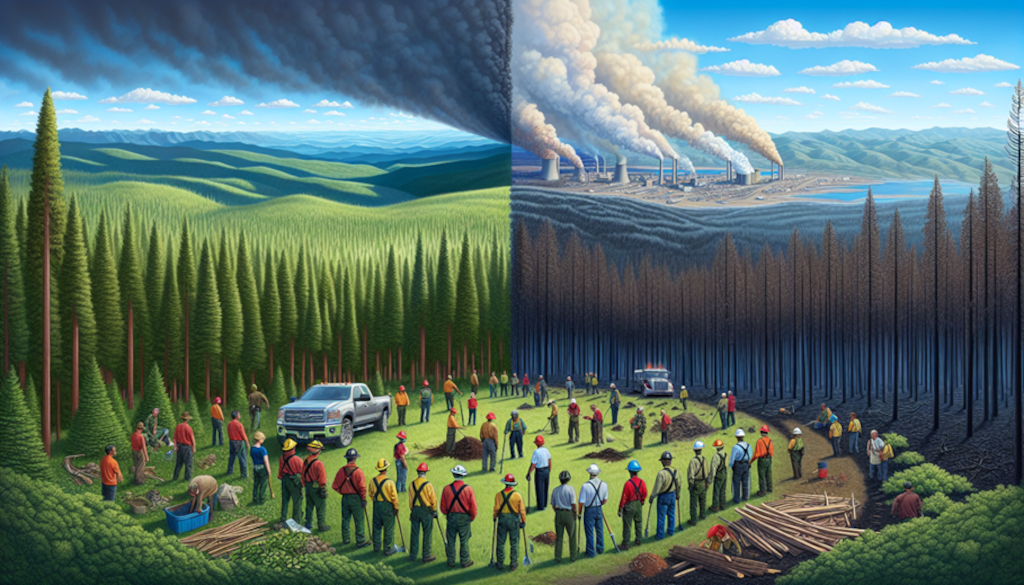Imagine filling a bathtub with the faucet turned on. You might think slowing the water will help—and it might, for a while. But the real issue? The tub is already dangerously full.
This is exactly what’s happening with climate change. We tend to focus a lot on how fast we’re adding greenhouse gases to the atmosphere (emission rates), but we often overlook the more important question:
How much is already in the sky?
Why temperatures keep rising—even when emissions slow
Here’s what most people don’t realize: the planet warms not because of how quickly we’re emitting carbon dioxide (CO₂) right now, but because of how much of it is already up there. And that CO₂? It sticks around.
Think of Earth’s atmosphere like a thickening blanket. The more “extra” greenhouse gases like CO₂ and methane we accumulate, the thicker the blanket becomes—trapping more of Earth’s outgoing heat and pushing global temperatures higher.
The problem with invisible buildup
- CO₂ lasts centuries: Once released, carbon dioxide can stay in the atmosphere for hundreds—or even thousands—of years.
- Methane packs a punch: Methane doesn’t hang around as long (about 10–20 years), but it’s about 80 times more potent in warming the planet during its short stay.
- It’s about accumulation: The warming we experience today is the result of greenhouse gases that have already been released.
What science has already shown us
We’ve seen this play out in real time. Measurements from the Mauna Loa Observatory in Hawaii, which have tracked CO₂ levels since 1958, show a steady rise in concentration—even when emission growth briefly slowed during global events like the 2008 financial crisis or the 2020 pandemic lockdowns.
The atmosphere didn’t suddenly “heal” during those periods, because the existing CO₂ didn’t go away. It just kept doing its job—trapping heat, distorting climate patterns, and melting ice.
Case study: Why zero emissions won’t mean zero warming (instantly)
Here’s a surprising twist: even if humanity could magically cut all emissions to zero right now, the Earth would still keep warming for a while. Why?
Because elevated greenhouse gas concentrations already in the atmosphere would continue to trap extra heat. Climate models, such as those from the Intergovernmental Panel on Climate Change (IPCC), show that this “locked in” warming effect can persist for decades due to past emissions.
The hard truth—and the path forward
So yes, reducing emissions matters—a lot. But it’s important to understand why it matters: not to stop warming instantly, but to slow or prevent more accumulation of these long-lasting gases.
Warming is like a credit card balance. Emitting CO₂ is the spending. What you feel now—the warming—is the result of the debt you’ve already racked up, with interest piling on every year.
Here’s what that means for action:
- We’ve got to stop the spending: Every ton of CO₂ avoided slows the growth of the “blanket.”
- We need to start paying down the balance: That means carbon removal strategies like reforestation, direct air capture, or soil carbon storage.
- Speed matters—but so does endurance: Reducing emissions fast won’t immediately cool the planet, but it determines how much worse it gets.
Bottom line?
You can’t fix climate change by adjusting the flow alone. You have to deal with the flood that’s already there. So when someone asks, “Is global warming tied to how fast we pollute?” you’ll know the deeper truth:
It’s about the total we’ve already poured into the sky—and what we do next to stop it from getting worse.




Leave a Comment